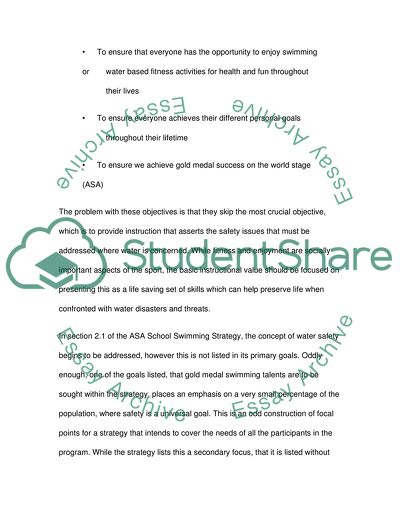Cite this document
(“Effects of Using Different Learning Styles in Swimming in KS1 Dissertation”, n.d.)
Effects of Using Different Learning Styles in Swimming in KS1 Dissertation. Retrieved from https://studentshare.org/education/1752723-3000-word-essay-exploring-the-place-of-swimming-in-the-ks-1-or-2-curriculum
Effects of Using Different Learning Styles in Swimming in KS1 Dissertation. Retrieved from https://studentshare.org/education/1752723-3000-word-essay-exploring-the-place-of-swimming-in-the-ks-1-or-2-curriculum
(Effects of Using Different Learning Styles in Swimming in KS1 Dissertation)
Effects of Using Different Learning Styles in Swimming in KS1 Dissertation. https://studentshare.org/education/1752723-3000-word-essay-exploring-the-place-of-swimming-in-the-ks-1-or-2-curriculum.
Effects of Using Different Learning Styles in Swimming in KS1 Dissertation. https://studentshare.org/education/1752723-3000-word-essay-exploring-the-place-of-swimming-in-the-ks-1-or-2-curriculum.
“Effects of Using Different Learning Styles in Swimming in KS1 Dissertation”, n.d. https://studentshare.org/education/1752723-3000-word-essay-exploring-the-place-of-swimming-in-the-ks-1-or-2-curriculum.


